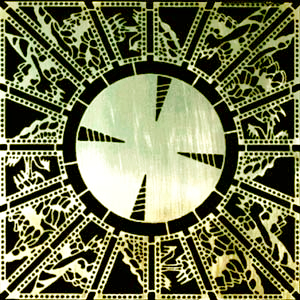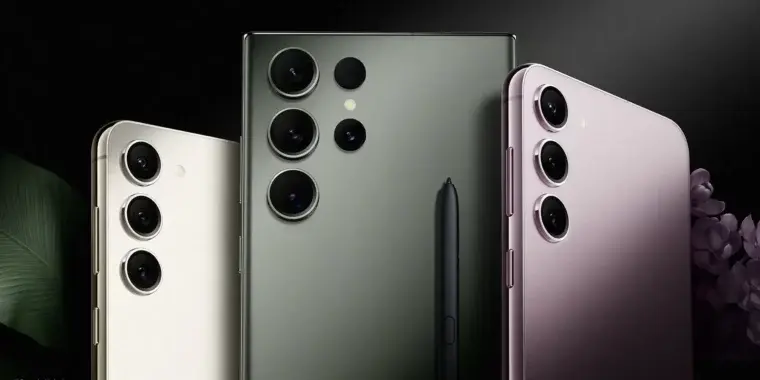We can take a few guesses as to why things are so big. First, Samsung is notorious for having a shoddy software division that pumps out low-quality code. The company tends to change everything in Android just for change’s sake, and it’s hard to imagine those changes are very good.
…
Unlike the clean OSes you’d get from Google or Apple, Samsung sells space in its devices to the highest bidder via pre-installed crapware. A company like Facebook will buy a spot on Samsung’s system partition, where it can get more intrusive system permissions that aren’t granted to app store apps, letting it more effectively spy on users.
Urgh, it’s so frustrating that Samsung is the leading Android manufacturer, the market is rewarding greed and incompetence
I am now curious how much of the space can be freed up from removing things (without needing root). I have a Galaxy S20+ and was really thinking of upgrading this year, but until I know how much can be removed normally I will be staying with what I have. I guess the Ultra would at least have a chance at kind of negating the issue space wise. The extra cost is a hard one to justify though, especially since the S23+ in some big ways is like a downgrade compared to what I already have. I still can’t believe that my 3 year old phone has more RAM than the new version. And the constant adding and removing micro SD card support is frustrating (even if I don’t normally have one installed it is nice to have).
It also sucks that I really like the flat edges of the S23 and S23+ models over the curved non-sense of the Ultra. I have always liked the way the edges of the iPhone 4/4s/5/5s/12/13/14 look compared to the ones with rounded/curved backs (or in Samsung’s case the fronts and backs).
Android strives to be a lightweight OS so it can run on a variety of hardware. The first version of the OS had to squeeze into the T-Mobile G1, with only a measly 256MB of internal storage for Android and all your apps, and ever since then, the idea has been to use as few resources as possible.
Emphasis mine. Now, I know graphics improvements and support for various versions of Android take up a lot of the space used, but gee willikers! It’s amazing to think it began with storage requirements far under a single gigabyte.
Samsung does manufacture their own flash memory chips and all, so I expect this is strategic on their part.




